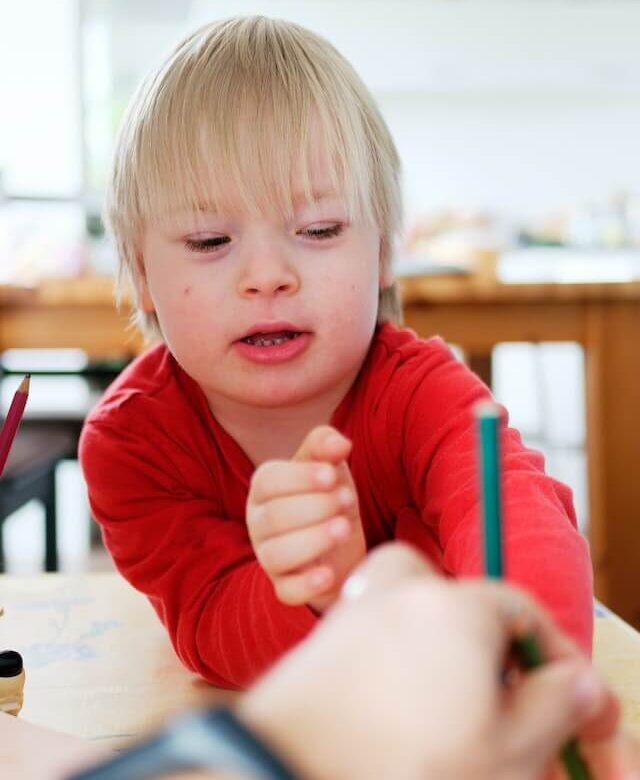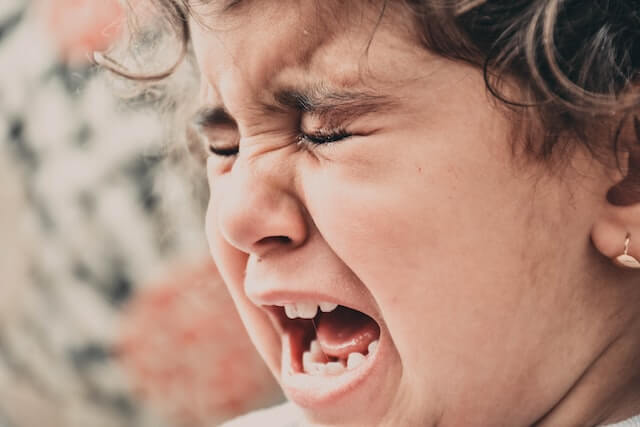Every child is different regarding signs and symptoms of autism spectrum disorder (ASD), which is especially true when we look at how it is present in boys vs girls. This article will examine the most common signs of autism in boys, so keep reading to learn more.
Why are more boys than girls diagnosed with autism?
Autism affects boys more than girls, with studies showing that four times as many boys are diagnosed with autism than girls. This difference has been observed across different countries, cultures, and age groups.
So why do more boys have autism? The answer is unclear, but a few theories may explain the difference in diagnosis rates between genders.
- Autism is commonly seen to affect boys more than girls, possibly due to the prevalence of male characters with autism in media.
- Diagnostic tools for autism can more easily recognize traits that are commonly seen in boys with autism than those seen in girls.
- Boys with signs of autism are more often noticed by people who care for them.
- Boys tend to be diagnosed with autism earlier than girls, even when their symptoms are the same.
- Boys with autism may be less likely to hide their symptoms with masking or camouflaging than girls.
When it comes to diagnosing boys with autism, many shared symptoms may help you decide whether it’s time to take your child in for assessment. Let’s take a look.
Signs of autism in boys
Many symptoms of autism are similar between boys and girls, but it might be helpful to be aware of some signs that are more commonly seen in boys. It’s important to remember that each individual with autism is unique, and the presentation of symptoms may vary significantly from one person to another.
Boys with autism tend to be diagnosed earlier because their symptoms tend to be more obvious. Let’s take a look at a few.
Social communication and social interaction
Regarding signs of autism in boys, social communication and social interaction can be important indicators that your child is struggling. Here’s what social difficulties can look like in boys with ASD:
- Difficulty taking turns in conversations or a tendency to take control when talking or playing with others
- Intense focus in conversations on topics that they are passionate about while being unwilling to engage in discussions related to subjects that do not interest them
- May speak in a flat or atypical cadence and use language that is either overly formal or informal
- Struggle to form words and express themselves verbally or might be limited to a few phrases or just a few words when speaking
- Challenges interpreting the inflections in another person’s speech and grasping the connotations of expressions. This can make it hard for them to recognize when a speaker is being sarcastic or using figures of speech, thus making it difficult for them to determine the speaker’s intention or mood.
- Trouble making or sustaining eye contact with others
- Difficulty in responding to others’ non-verbal cues, such as body language and facial expressions; making unexpected facial expressions
- Struggling to carry out instructions that involve multiple steps
- Rigid adherence to established routines and regulations when in school, at home, or during play
- Challenges in answering questions, discussing their personal experiences, and not responding consistently when their name is called. May refer to themselves as ‘you’ instead of ‘I’.
- Having a hard time beginning conversations with peers or forming and keeping friendships
- Expressing desires and needs may be challenging
- Particularly enjoys being around adults or younger kids more than those of the same age range
- Prefers to play alone instead of engaging in group activities
- May not understand how to respect another person’s boundaries
As well as social and communication difficulties, other common symptoms of boys with ASD can also be repetitive behaviors and specific areas of interest. Keep reading, and we’ll explain further.
Repetitive or restricted behavior, interests, or activities
Before describing these, let’s break down the terms repetitive and restricted as they pertain to autism spectrum disorder.
- Repetitive behavior. Any behavior that is repeated over and over again. This could be a physical movement, such as hand-flapping or rocking back and forth, or it could be verbal, like repeating the same word or phrase.
- Restricted behaviors. Those that have limited range or scope. These specific actions can include things like an obsession with certain topics, an inability to engage in abstract thinking, difficulty transitioning between activities, and/or difficulty understanding social cues.
Now that you’re more familiar with these terms let’s dive deeper into what this can look like in your child:
- A fascination with certain activities that may not be seen as suitable for their age
- Obsessions with specific toys or objects and avoidance of others
- Ritualistic behaviors, like lining up items in a precise manner or closing all the doors at home
- Repeating words or phrases on a frequent basis
- Making strange noises such as squeals and grunts, repetitive throat clearing
- Heightened sensitivity to certain stimuli, such as sound, taste, and smell; lack of response to other sensations like pain, heat, or cold
- Particular preferences in terms of food texture, with some foods being refused altogether -Anxiety when daily routines are disrupted or changed
- Difficulty fitting into new social contexts and adapting to novel scenarios
- Challenge in applying learned skills across different settings
- Resistance towards going to school or childcare centers, accompanied by distress if forced to go
- Repetitive motions, such as hand clapping, swaying, or biting
- Inability to remain still for a period of time (considering age)
- Unusual sleeping habits like staying alert late into the evening or waking often in the night at the same time
- Frequent bouts of anxiety, particularly among teenagers
After reading about these symptoms of autism in boys, your parental spidey senses might be tingling. If so, you’re likely wondering whether you should get your child checked out. We’re so glad you asked.
When to get an autism assessment?
If your son or a child you care for demonstrates traits that may indicate autism, it can be beneficial to discuss the situation with a professional soon. Doing so could help in the present and in years to come. Early assessment can provide essential insights into how to support your son best and ensure he has access to the right resources.
How to get an autism assessment?
Your GP could be a helpful part of the referral process for an autism assessment. They may inquire about your child’s development (or your own, if it pertains to an adult) and conduct testing and examination to decide if a diagnosis of autism is suitable or exclude other potential health or developmental problems.
If you suspect autism in your son, don’t hesitate to reach out
If you are a parent who suspects your son may have autism, please don’t hesitate to reach out for help. We understand that it can be an emotionally difficult process, and our team is here to guide you every step of the way.
If you are ready to work with the best ABA therapy provider in New York, New Jersey or Indiana, give us a call at (732) 402-0297. Our dedicated team is ready to help and we will treat you like family.










